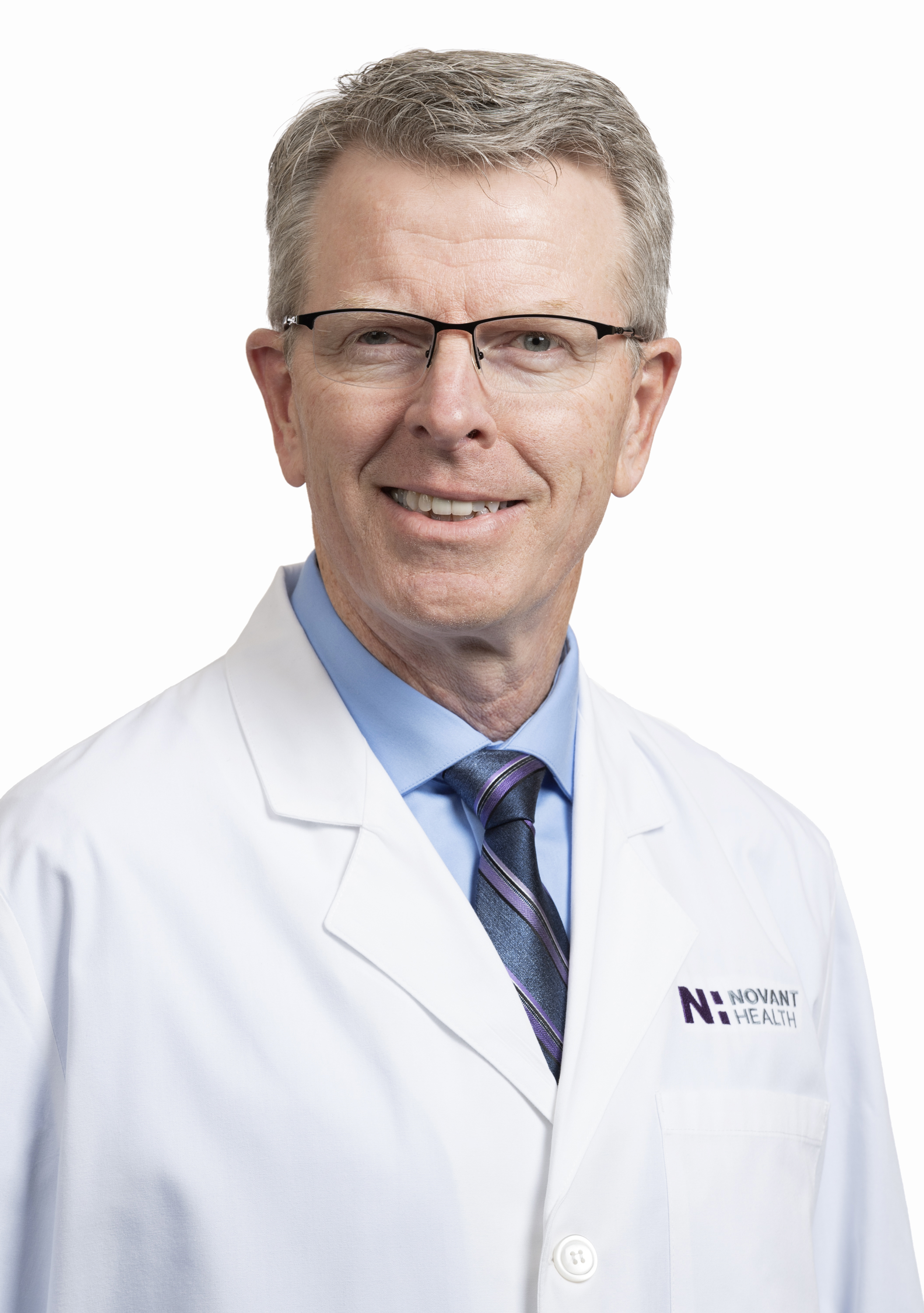When it comes to taking care of your heart, nothing beats regular exercise. Plenty of medical professionals consider it a wonder drug of sorts.
But how physically active should we be? At minimum, strive for half an hour of moderate-intensity aerobic exercise every day, the Department of Health and Human Services advises. That can include fast walking and other brisk forms of movement.
But there’s another form you should not neglect: Anaerobic exercise. That’s muscle-strengthening activities such as weightlifting and pushups, and you should do them at least twice a week.
At Novant Health, we provide some of the nation's best individualized heart and vascular care, conveniently located and focused on you.
Heart disease is the leading killer in the U.S., representing one in every five deaths, according to the Centers for Disease Control and Prevention. That’s why it’s important to discuss heart concerns with your primary care physician, who may refer you to a general cardiologist for testing. These visits involve conversations about weight maintenance and its connection to physical activity and strengthening vascular health.
“I spend a lot of time trying to encourage people to do anything, because any activity is better than doing nothing,” said Dr. Tommy Causey of Novant Health Heart & Vascular Institute - High Point. “Unfortunately many of us don’t get much physical activity because our habits or work require us to be sedentary. That means your whole body is going to be weaker, and there can be some heart effects.”
Consistent physical exercise is essential to living longer, Causey said. And it starts with getting the heart pumping faster.
What are the key differences between aerobic and anaerobic exercise?
With aerobic exercise, we’re talking about anything that gets your heart rate up and keeps it up for a period of time. Some people call it cardio: the treadmill, the elliptical, bicycling, walking. Aerobic exercise makes the heart beat faster and harder for a significant period of time. We think that extended exercise is most helpful for the heart.
Anaerobic exercise is more of an intense push for a shorter period of time and, in isolation, may not be quite as beneficial as aerobic. An exception would be a weight workout with more repetitions and less weight, where the person is continuously moving and taking minimal breaks. This can be as much of an aerobic workout as walking or running. There are also other exercises, such as cross-country skiing or rowing, that can be a combination of strength training and aerobics.
We try to encourage people, even if working out with weights is your focus, to include some aerobic exercise. When you go to the gym, instead of just working out with weights the whole time, get on the treadmill or the elliptical machine for 20 minutes or more.
If you’re experiencing mild fatigue, it’s OK to keep exercising. But exhaustion means you’re overdoing it. Over time, try to increase the intensity or the length of the exercise as tolerated. I am more concerned with symptoms of fatigue or shortness of breath, and less concerned with the absolute heart rate.
Best doctors. Amazing nurses. Remarkable care.
Read more about Novant Health's heart and vascular care here.
Do you advise a sudden change in physical activity, or should it be a gradual transition?
I think you have to use some caution. If you’re 20 years old, you can pretty much do whatever you want and go hard at it the first day. But for the rest of us, I get a little cautious when you’re talking about someone who decides to dive into exercise by starting CrossFit or something extreme like that.
With a heart condition, whether it’s mild or severe, the symptoms are likely going to be exacerbated if you are sedentary. In other words, if you’re tired or out of breath easily, it’s going to be magnified a great deal if your muscles are weak and you have no endurance. If you're so busy that you can only find time for a 10-minute walk three times a week, then do it.
What about people who don’t like the gym or can’t get to one?
Gyms and classes can be terrific. And there are lots of different kinds to choose from. Most are filled with everyday people, not body builders flexing with 100-lb dumbbells. You can meet a workout buddy there or just make friends as you go along.
But you don’t necessarily need a gym. We hope people find out that if they start doing something, and are intentional about it, they’ll feel better. You certainly don’t want to do anything that’s going to put you at risk of falling, for example. But if somebody can do some chores at home, that’s something to encourage activity. Sometimes because of orthopedic or neurological issues, or chronic pain, somebody can’t do much of anything. But I encourage them to do what they can.
You’re passionate about sports. For people who aren’t, how do you encourage them to pursue something athletic?
It can make staying active more fun. In the tennis world, there are a lot of people who can’t stand pickleball because they think it’s an inferior sport. But I look at it as there are some people who would never otherwise get on the tennis court, because they can’t move to the extent that’s required to play. Pickleball is not the same as tennis, but any kind of movement is better than nothing.
With COVID, we all were told to go home, close the shades, and don’t be around anybody. And I think a lot of us got into that habit of not going anywhere or doing anything unless we had to. But you should try meeting up with someone for a game of pickleball, or at the walking path. The social aspects are probably just as important than the physical activity, if not more so.










